We use cookies to make your experience better. To comply with the new e-Privacy directive, we need to ask for your consent to set the cookies. Learn more
Handling Bots with Ivermectin Dewormer
How to Check for Botfly
Have you noticed the presence of small yellowish dots on your horse's coat during summer or early fall? These yellowish dots are the eggs of the botfly. The female botfly lays her eggs on the horse’s hair shafts along the chest and the forelegs of your horse. Though botflies do not bring significant health problems to your horse, they can be a nuisance, causing them to bite themselves.
The botfly eggs seem to wait around for their successful transmission and that is when the horse itches. When the horse bites itself to relieve itching, there is stimulation of hatching of the eggs into larvae, and as the horse licks and bites the area for further relief, the larvae take a ride on to his mouth. When these bots are in the mouth of the horse, they can burrow deep into the tongue or the cheeks, where they can stay for up to 3 weeks. While they are burrowed inside the mouth, they do not cause big trouble to the horse.
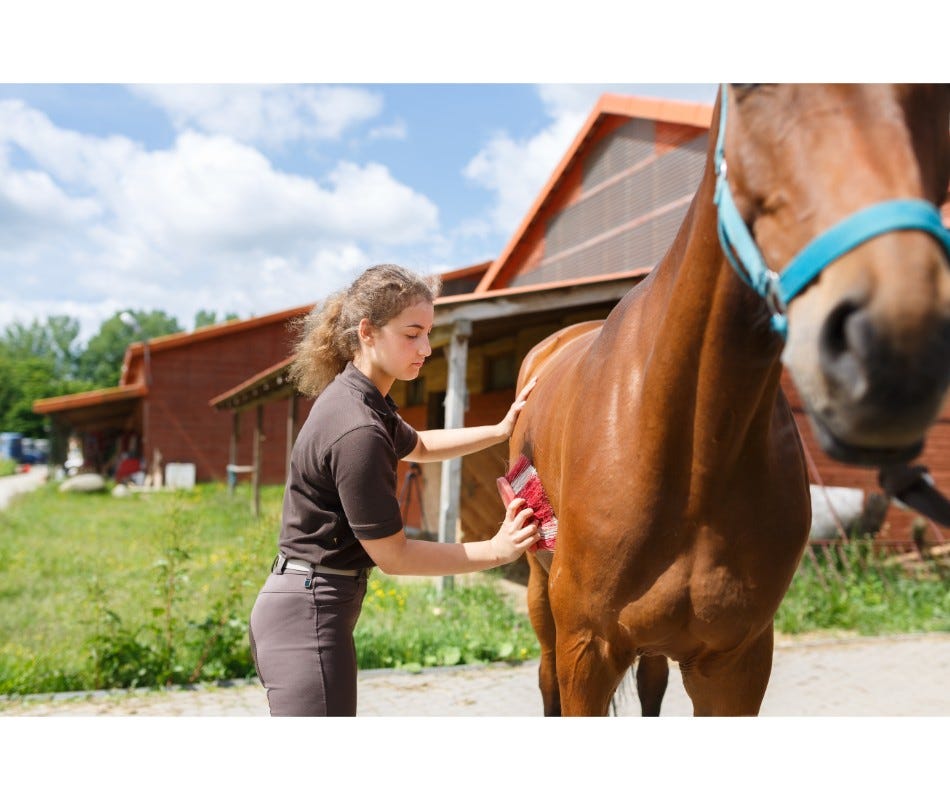
Life cycle of the Botfly
Bot larvae are migrating larvae; they start from the mouth and then they travel to the stomach where they grow. They adhere to the stomach lining using their teeth. These larvae can be temporary residents in this area of the horse’s internal system and they can stay there all winter.During spring, they detach themselves from the spot and are passed out through the feces, where they can develop into adult botflies paving way for a new lifecycle.
Health problems caused by bot fly
If bot larvae infestation is severe, the horse may have an impaired digestion process, which results to having a bad shape. But so far, the most serious problem attributed to botfly larvae infestation is the damage inflicted on the lining of the stomach. As bot larvae burrow in the stomach lining, ulcers and abscesses may result and these may trigger colic symptoms. The ulcer lesions can be worsened by the presence of gastric acid potentially damaging the stomach lining and can become fatal through a condition called peritonitis.
How to Treat Botfly
Botfly and botfly larvae are not hard to manage. Owners can simply control the infestation using a bot knife to manually remove the eggs from the horse’s hair coat. Ideally this should be done on a regular basis especially during the fly season. Moreover, the use of horse wormers is effective in targeting the larvae and stops them from reaching the stomach. Rotational deworming is recommended by vets including ivermectin during fall and spring.
With proper equine management, manual removal of botfly eggs , and using Ivermectin you are on your way to save your horse from the bot infestation.

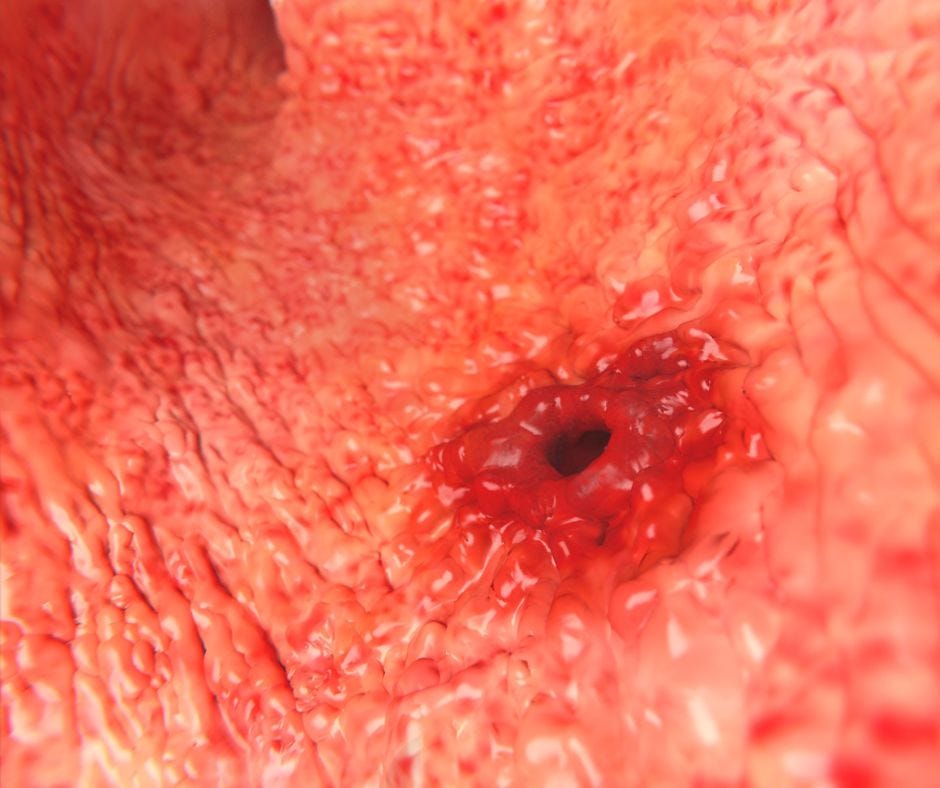
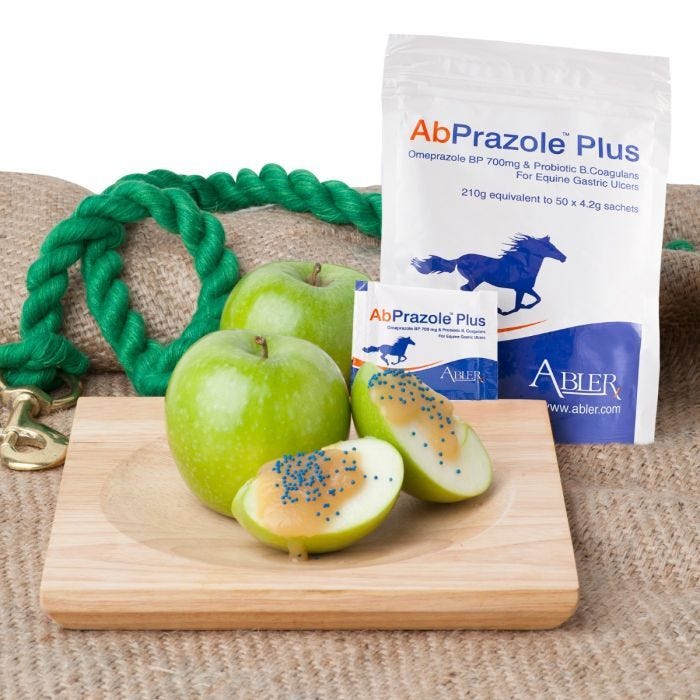
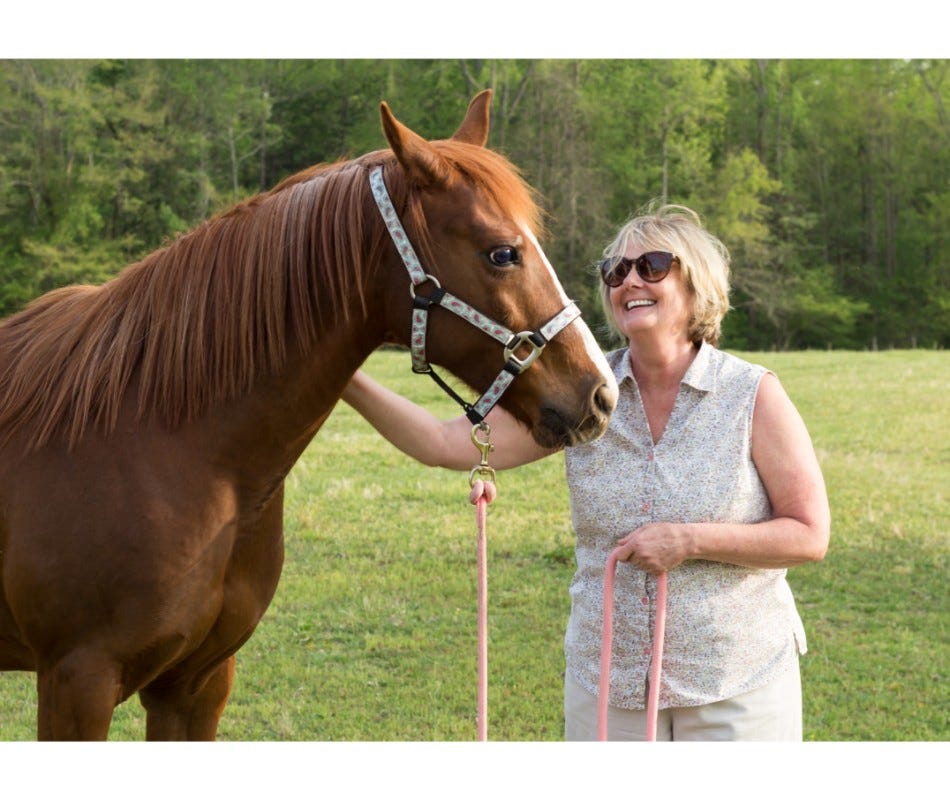
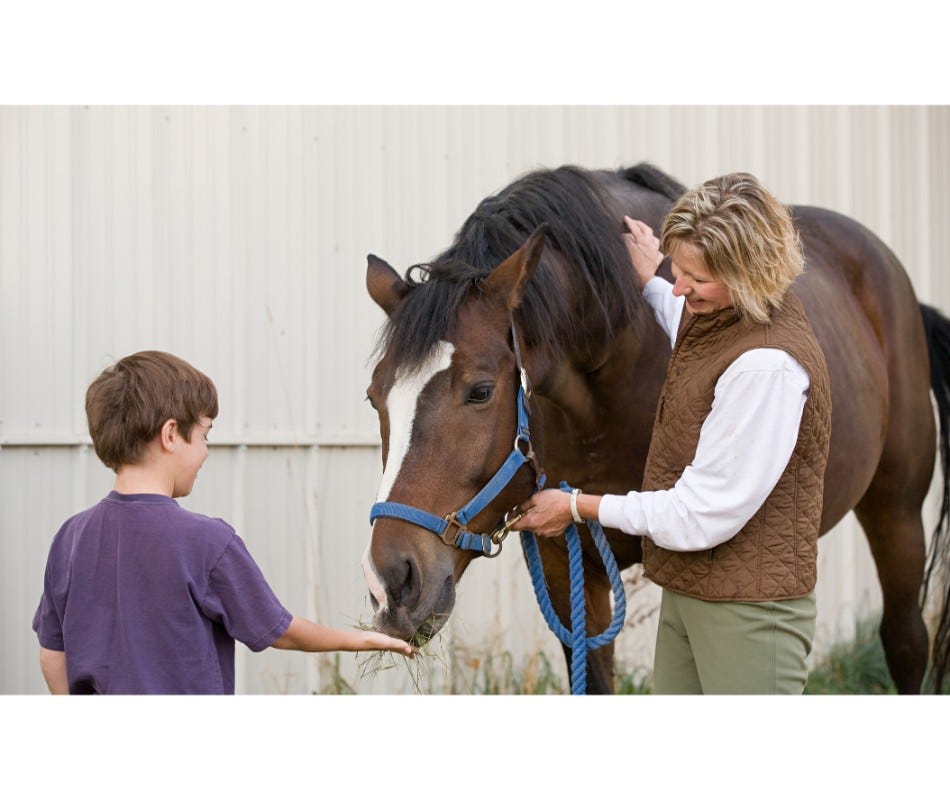
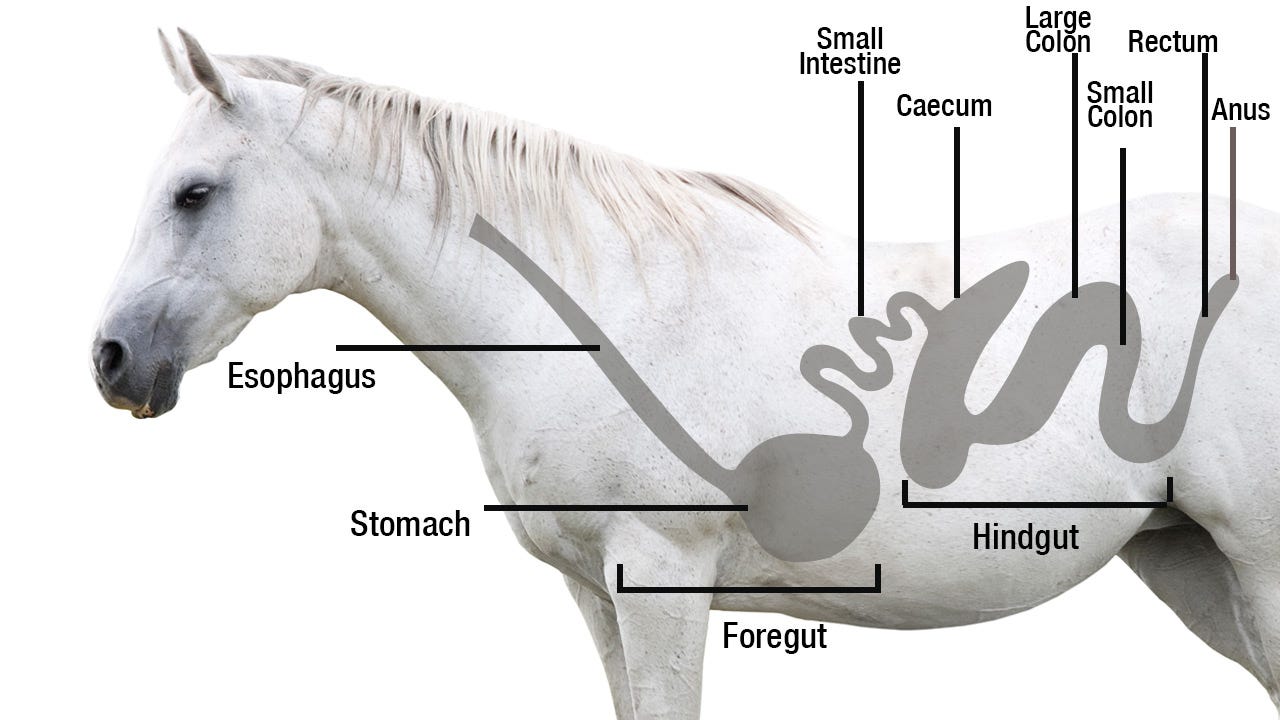
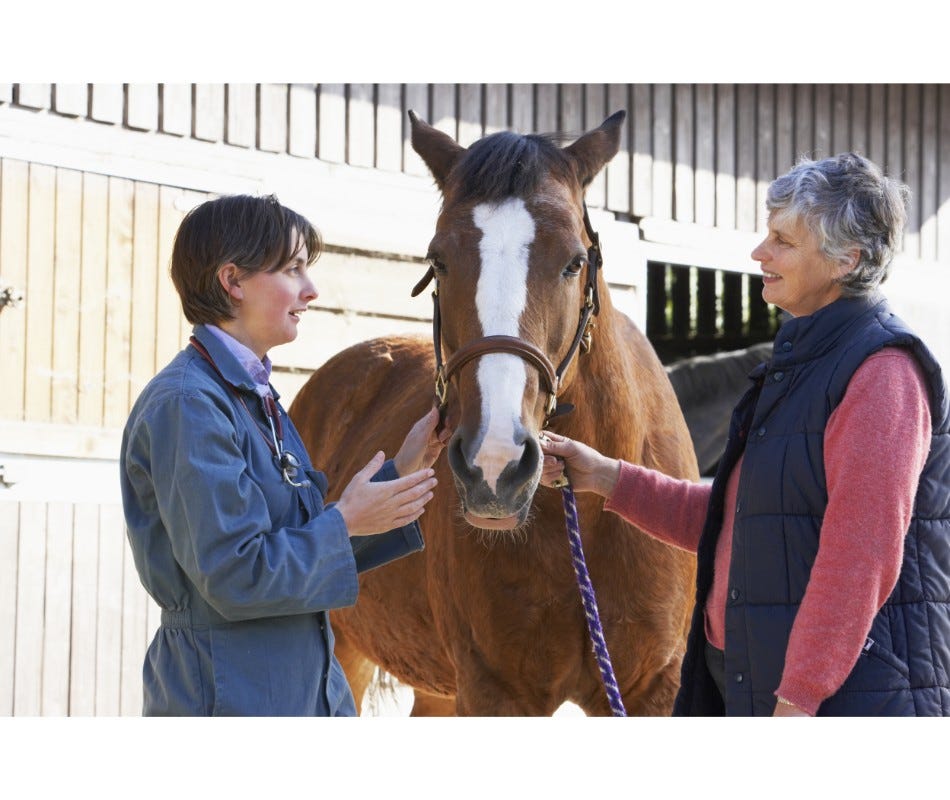
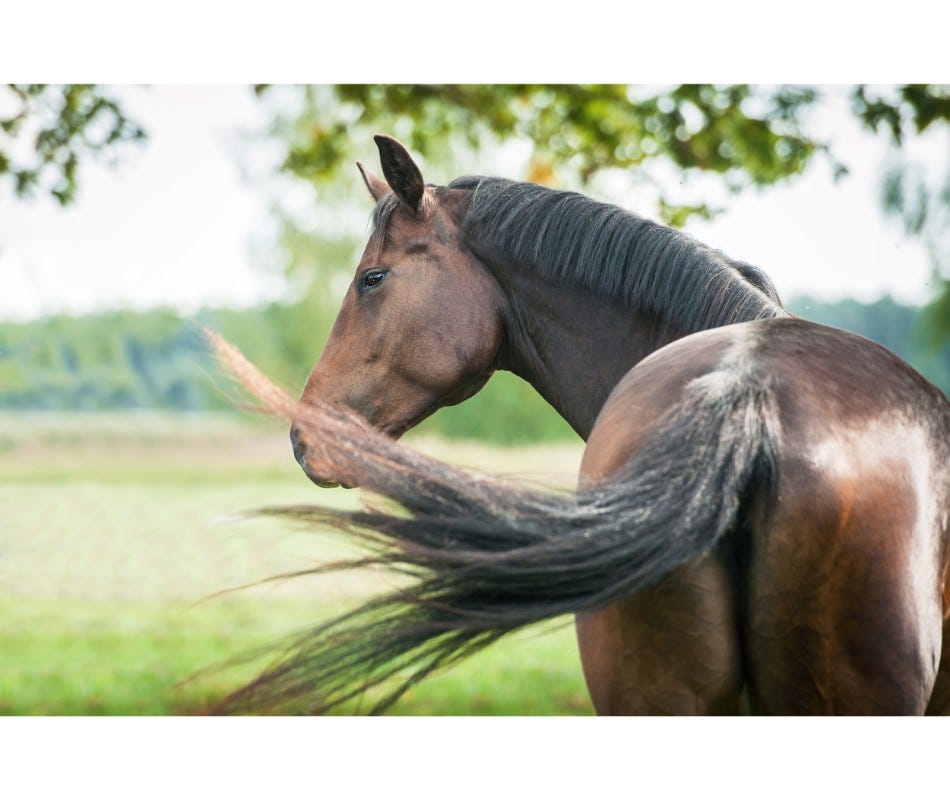
Validate your login